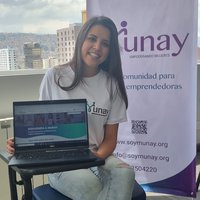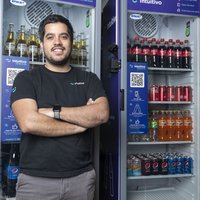Artificial intelligence & robotics
Gangwon Jo
Making it easier to build and utilize AI infrastructure at scale.

Korea
Kyunkyu Richard Kim
Developing soft human skin-like electronic devices which are enhanced by AI algorithms.

Latin America
Valeria Díaz Romero
Her platform empowers women entrepreneurs with financial support powered by artificial intelligence.

Latin America
José Benítez
Uses artificial intelligence and computer vision to turn display refrigerators into autonomous vending machines.

China
Han HU
Making machines see the visual world in the same way they understand language.
